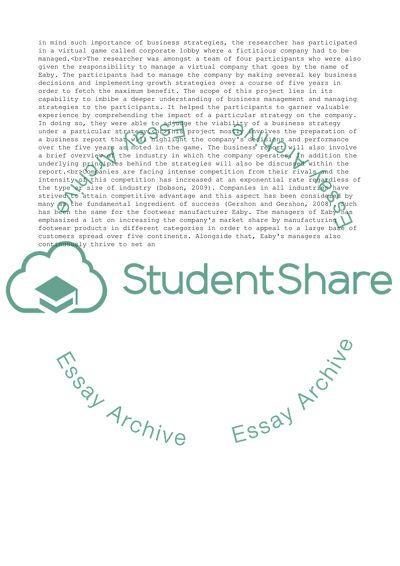Cite this document
(Business report Essay Example | Topics and Well Written Essays - 3500 words - 1, n.d.)
Business report Essay Example | Topics and Well Written Essays - 3500 words - 1. https://studentshare.org/business/1867109-business-report
Business report Essay Example | Topics and Well Written Essays - 3500 words - 1. https://studentshare.org/business/1867109-business-report
(Business Report Essay Example | Topics and Well Written Essays - 3500 Words - 1)
Business Report Essay Example | Topics and Well Written Essays - 3500 Words - 1. https://studentshare.org/business/1867109-business-report.
Business Report Essay Example | Topics and Well Written Essays - 3500 Words - 1. https://studentshare.org/business/1867109-business-report.
“Business Report Essay Example | Topics and Well Written Essays - 3500 Words - 1”. https://studentshare.org/business/1867109-business-report.


